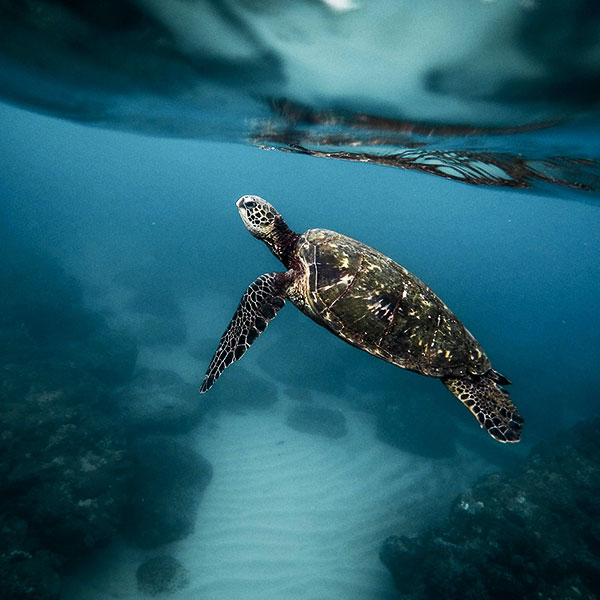Life begins in the primordial seas, 3 and a half billion years ago. Since the first bacteria and single cell organisms, life has flourished, evolving to suit different environments and branching off into many different species. Here we consider the ‘ages’ from a wider perspective of evolution, and the dominant life form of that time.
The Age of Bacteria – Archean eon – 4 billion to 2.5 billion years ago
3.5 billion years ago. This was when bacteria first started to evolve in the primordial seas. The date might even go back to 3.8 billion with further evidence needed. Bacteria was the dominant life form until the multi-cellular organisms began to multiply. Bacteria would dominate through to the next eon, the Proterozoic eon dated 2.5 billion to 538 million years ago, with life evolving into prokaryotes and eukaryotes. To be fair, bacteria probably still dominates today.
Cambrian Explosion – Phanerozoic eon, Cambrian period 538 – 485 million years ago
The Phanerozoic eon, the current one, is divided into 3 ‘eras’ of time. The first era is the Palezoic, which is further divided into 6 ‘periods’ of time, the Cambrian period is the first of 6. The Cambrian explosion comes with the evolving exoskeleton which allows the organisms to be fossilised better. This explosion sees the trilobites, one of the most successful early multi-cellular organisms.
The Age of Fish – Devonian period 419 million to 358 million years ago
The Devonian period is number 4 of 6, and it saw an immense diversity of life in the seas with jawed fish and primitive sharks. There were extinction events in the late Devonian period, 372 million years ago which greatly affected the marine life. By the end of the Devonian, land had been colonized by plants and insects, leading into the Carboniferous period.
The Age of Amphibians – Carboniferous period 358 million to 298 million years ago
The Carboniferous period is number 5 of 6. Amphibians are cold-blooded, laying their eggs in water and are four-limbed vertebrate animals. They are the ancestors of modern reptiles, birds and mammals. They have evolved to be mostly semiaquatic so living in both water and on land. The carboniferous period was also when the forests on land grew to great heights, laying the foundation for what we use as coal today.
Age of Reptiles / The Age of Dinosaurs – Mesozoic era 252 million to 66 million years ago
The Mesozoic era is the second ‘era’ of time in the current eon, the Phanerozoic. It’s divided up into three ‘periods’, Triassic, Jurassic and Cretaceous. This era begins with a mass extinction, the Great Dying, and ends with a mass extinction, the one that wiped out the dinosaurs. Reptiles are four limbed vertebrate animals, cold-blooded and lay their eggs on land. Obvious reptiles are the dinosaurs but also include ancestors of the crocodiles, snakes, lizards and turtles.
The Age of Mammals – Cenozoic era 65 million years ago to today
The Cenozoic era is the third and current ‘era’ of time, in the current ‘eon’ of time. The Cenozoic is split into 3 ‘periods’ and further into ‘epochs’. After the extinction of the dinosaurs, the mammals, who were already evolving whilst dinosaurs were around, were able to essentially dominate the land. They grew bigger in size, and eventually led to us. Mammals are vertebrate animals, with milk producing glands for feeding young, neocortex area of the brain and fur. Mammals include us, but on a wider level also include rodents, bats, other primates, whales, pigs, cats and dogs. And more.
Life has diversified so much, from the first forms of bacteria and of the basic building blocks of life like proteins and sugars. There is so much variety at the chemical level as well as at the multi cellular living organism level. Wonder where it will go next.





